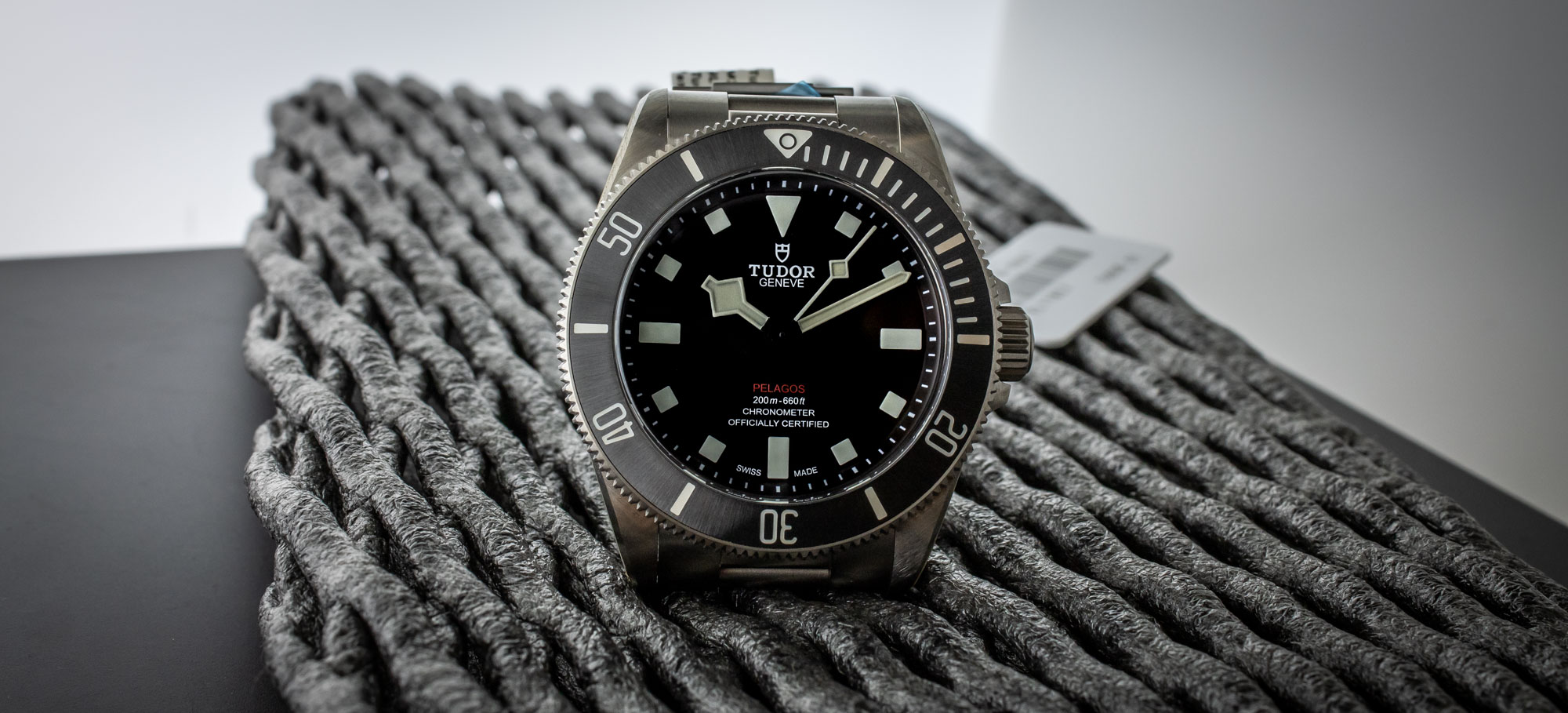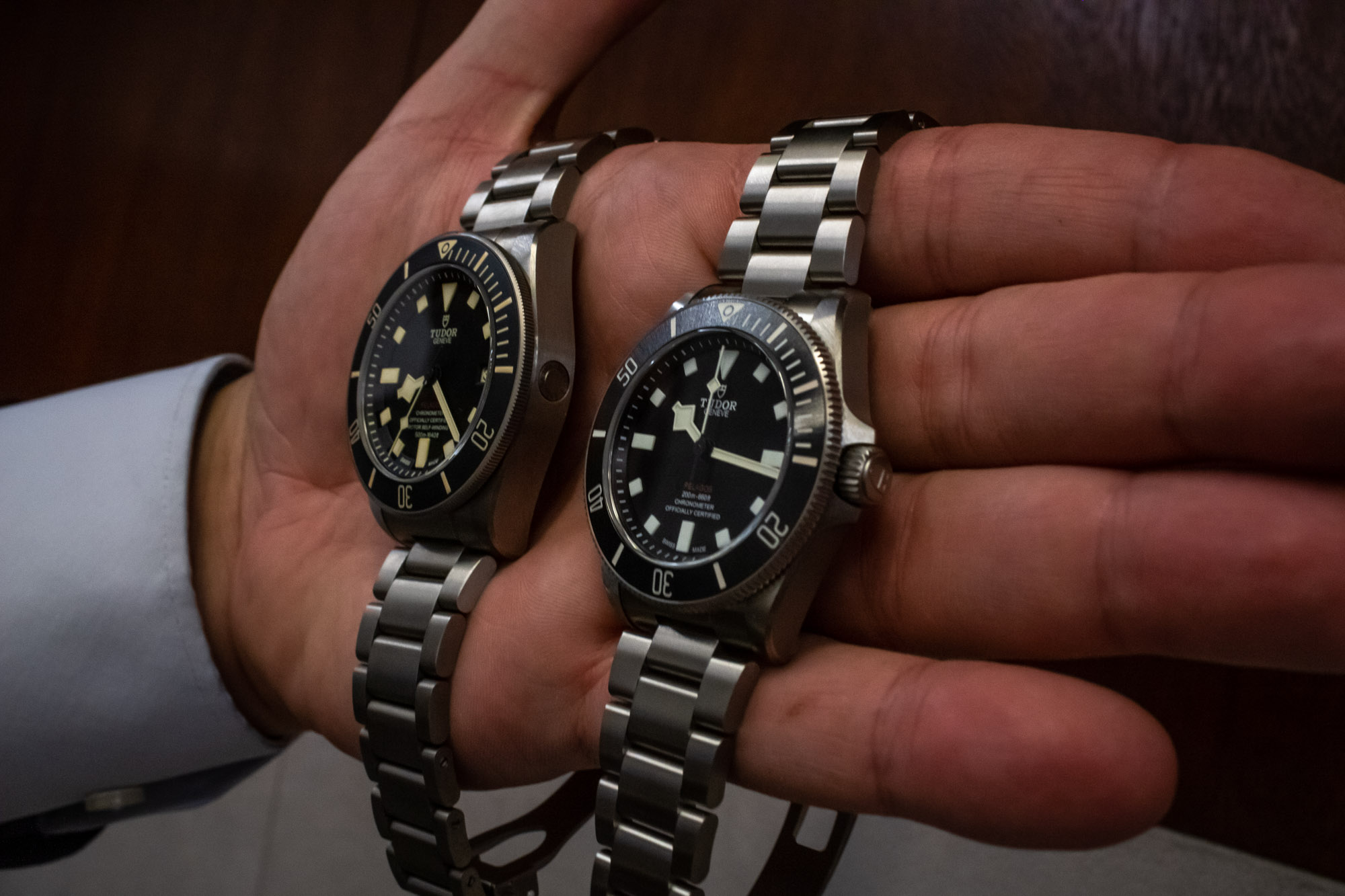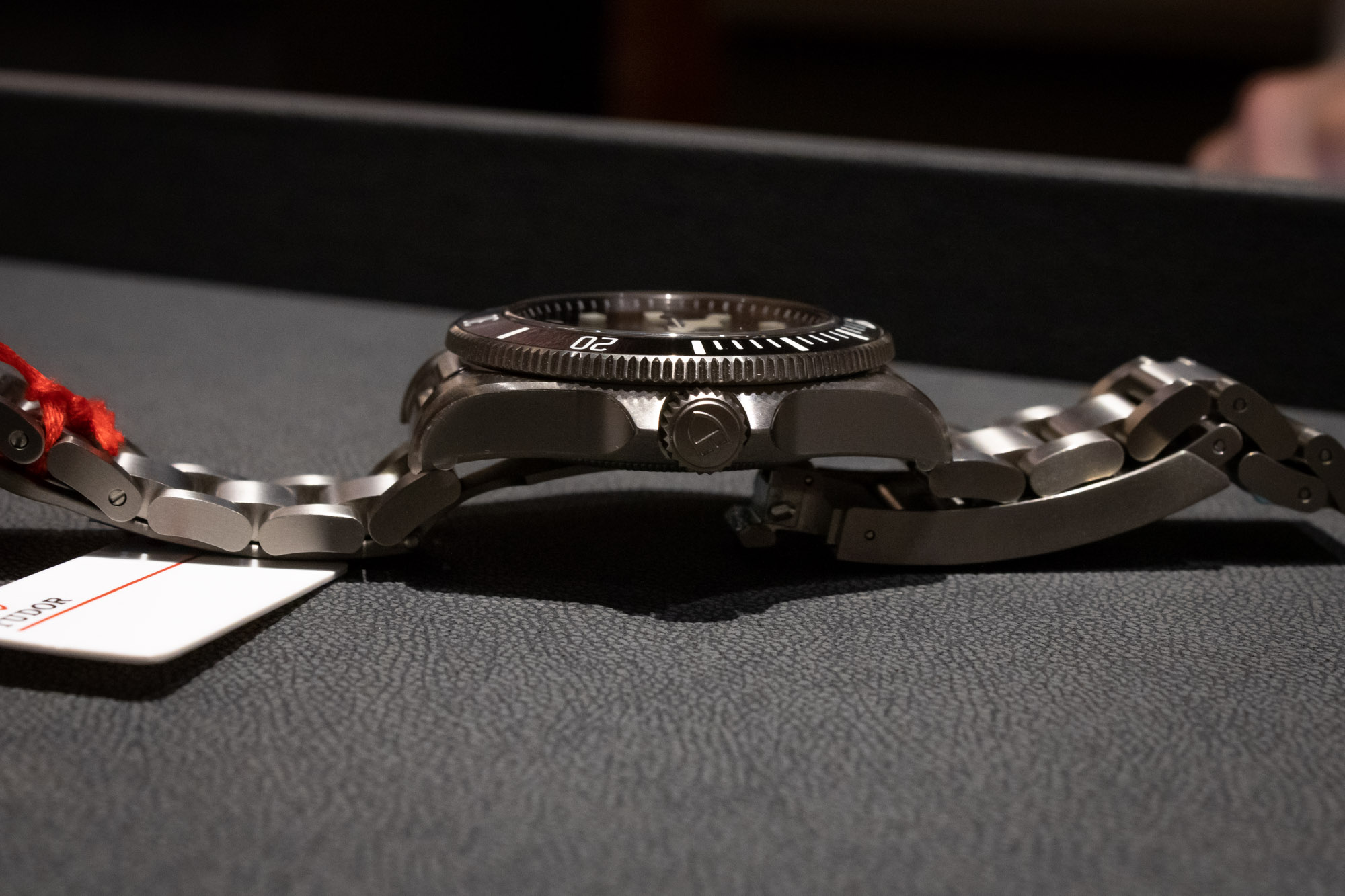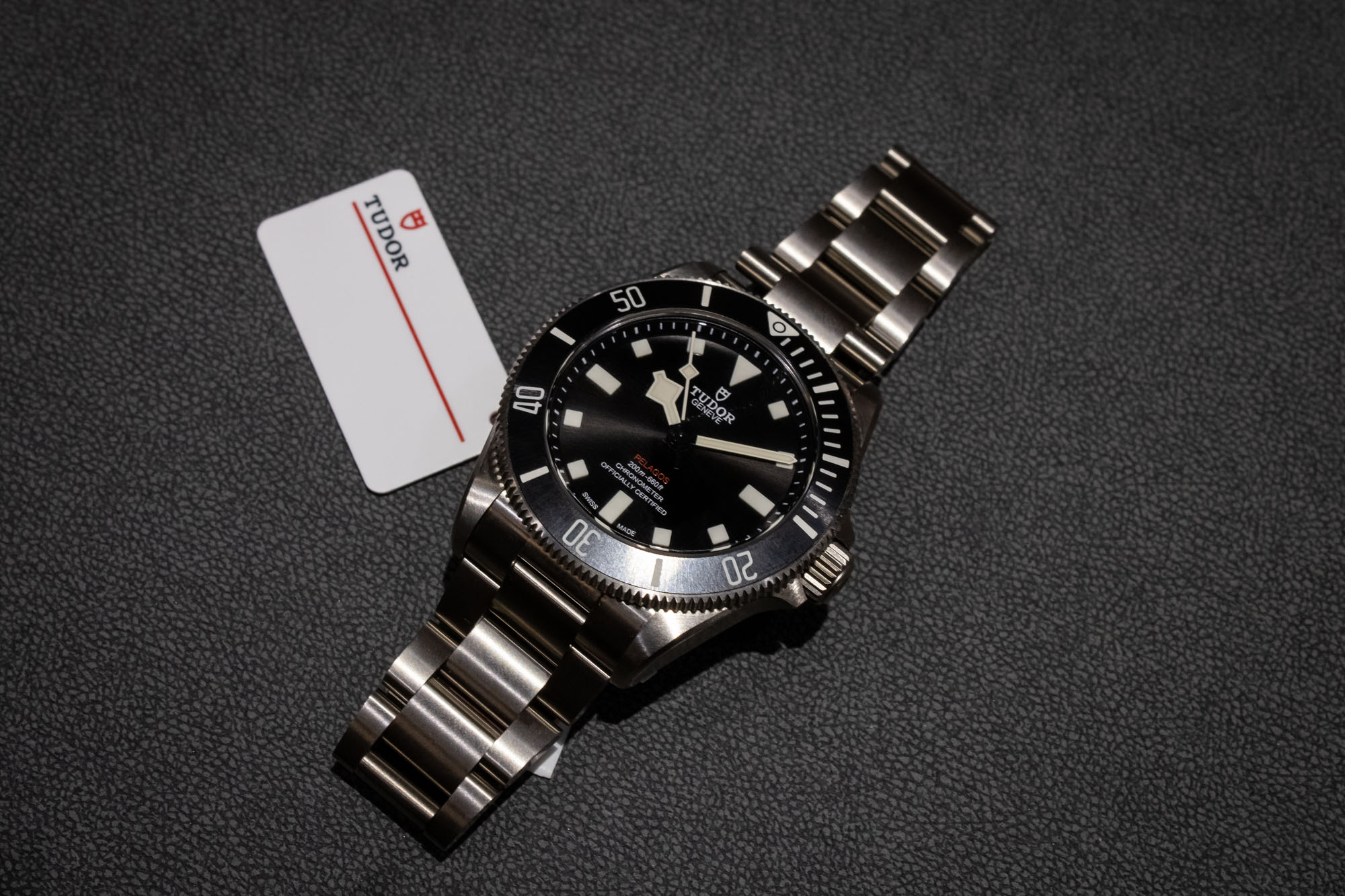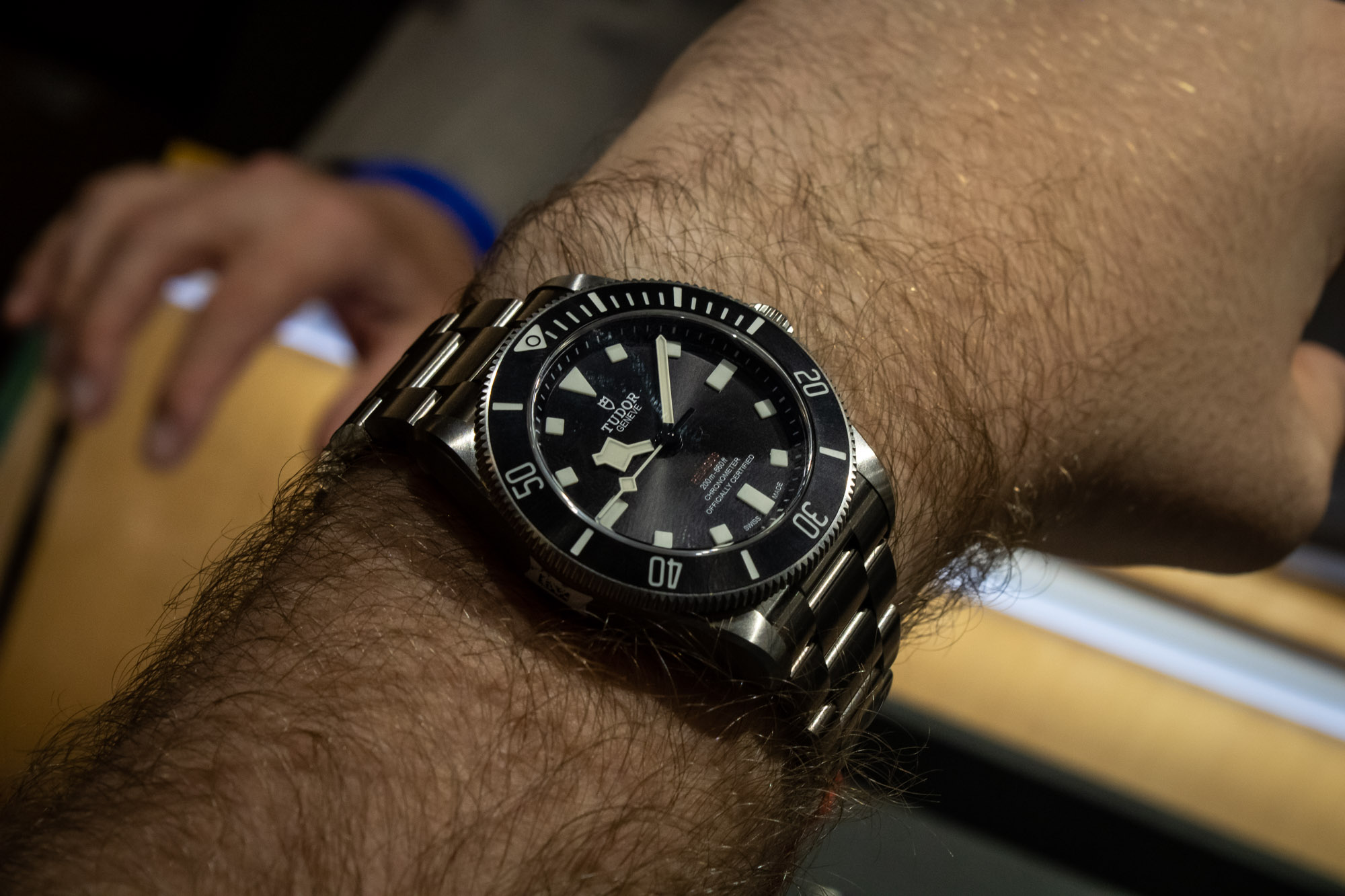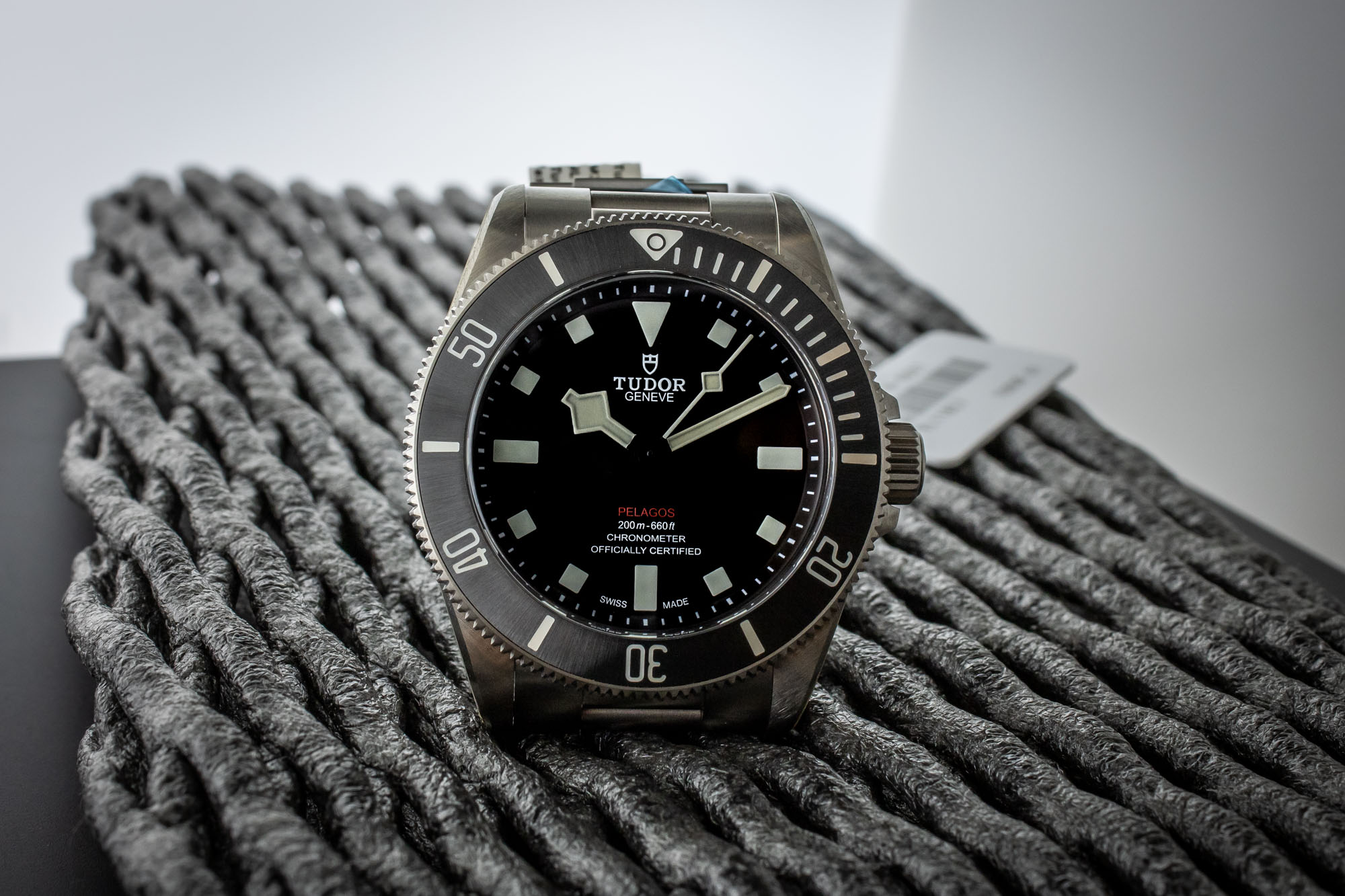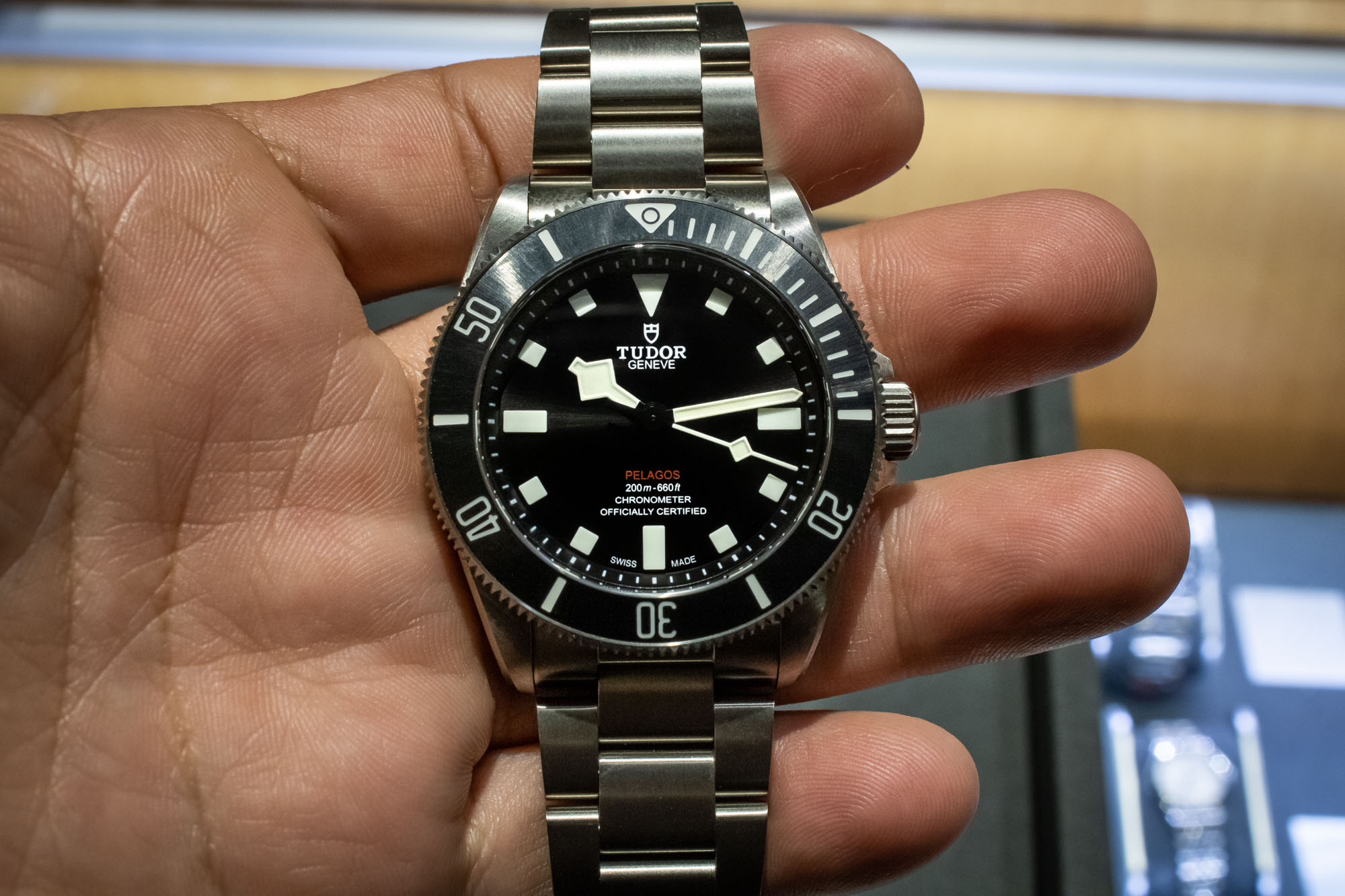
For a number of years, one of my biggest critiques of Tudor has been that the brand simply gives the Black Bay collection (along with vintage-inspired models, in general) too much attention. As someone who thoroughly enjoys vintage watches, I like most of the Black Bay lineup quite a bit. However, I also appreciate the uniquely modern design language that Tudor has developed for itself with models such as the discontinued North Flag and the Pelagos, and I’d frequently lament the fact that the company has leaned so heavily on its various vintage-inspired designs, rather than using them as a starting point to create an entirely new generation of decidedly modern timepieces.
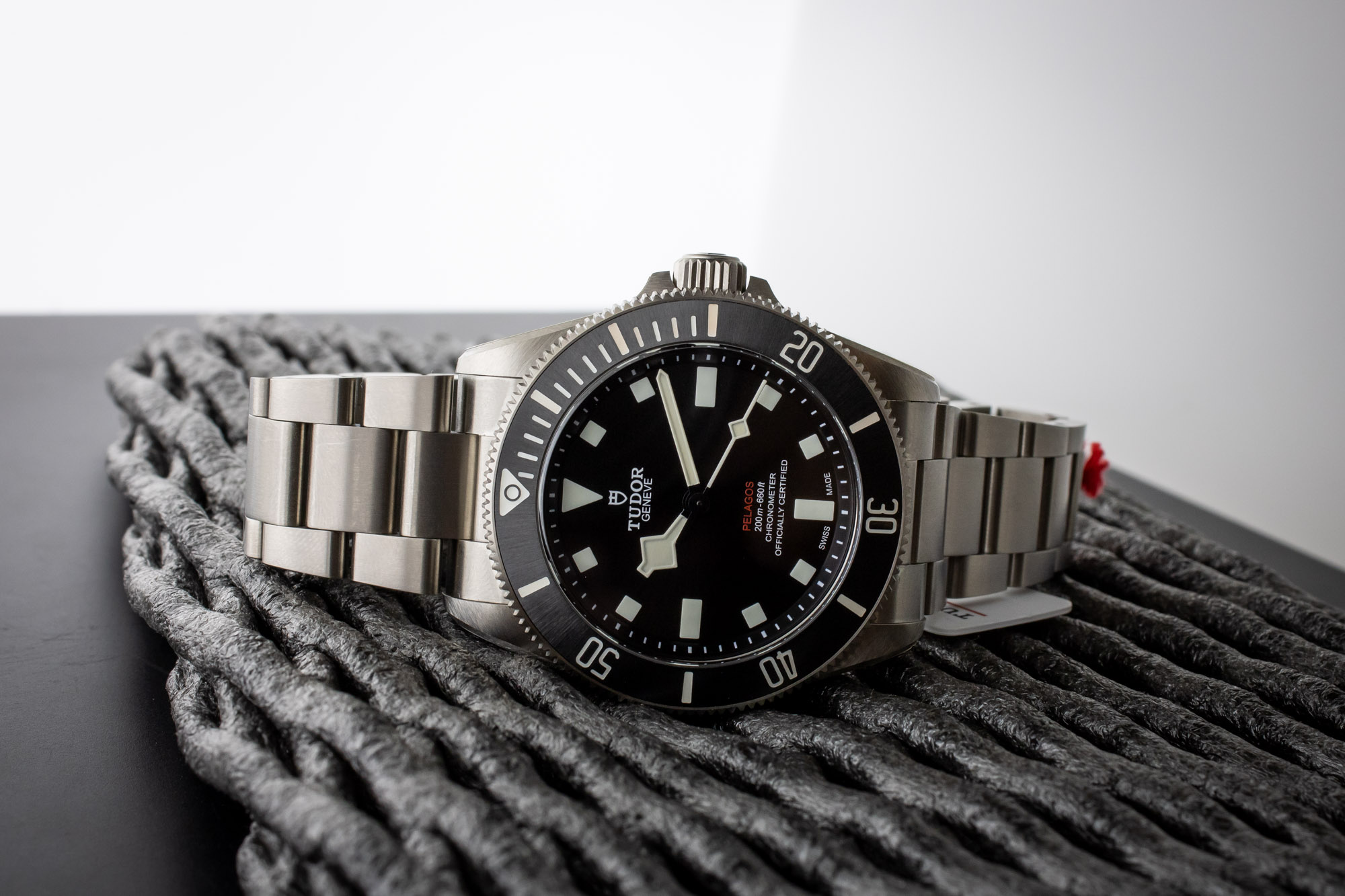
I’d often point to the Tudor Pelagos as a prime example of a distinctly modern watch that still feels incredibly true to Tudor’s own history and heritage, although I always felt that the collection itself was a bit neglected and underdeveloped. First launched in 2012 as Tudor’s no-compromises modern professional dive watch, the lineup received a notable update in 2015 when Tudor revised the watch to feature an in-house movement and also added a version with a blue dial and bezel insert. The following year, in 2016, Tudor added a left-handed, vintage-inspired option to the range with the Pelagos LHD; and from there, the collection remained unchanged all the way up to the 2021 release of the Tudor Pelagos FXD, which was a purpose-built model developed with the French Marine Nationale. At that point, the Tudor Pelagos offered options for professional saturation divers, vintage-loving collectors, and even underwater combat swimmers, but what it still lacked was what most buyers actually wanted: a simple titanium dive watch built for the average person. That has finally changed, and while there will always be those with slight quibbles about what could have been done differently, Tudor has finally given the people (mostly) what they wanted with the release of the brand-new Tudor Pelagos 39.
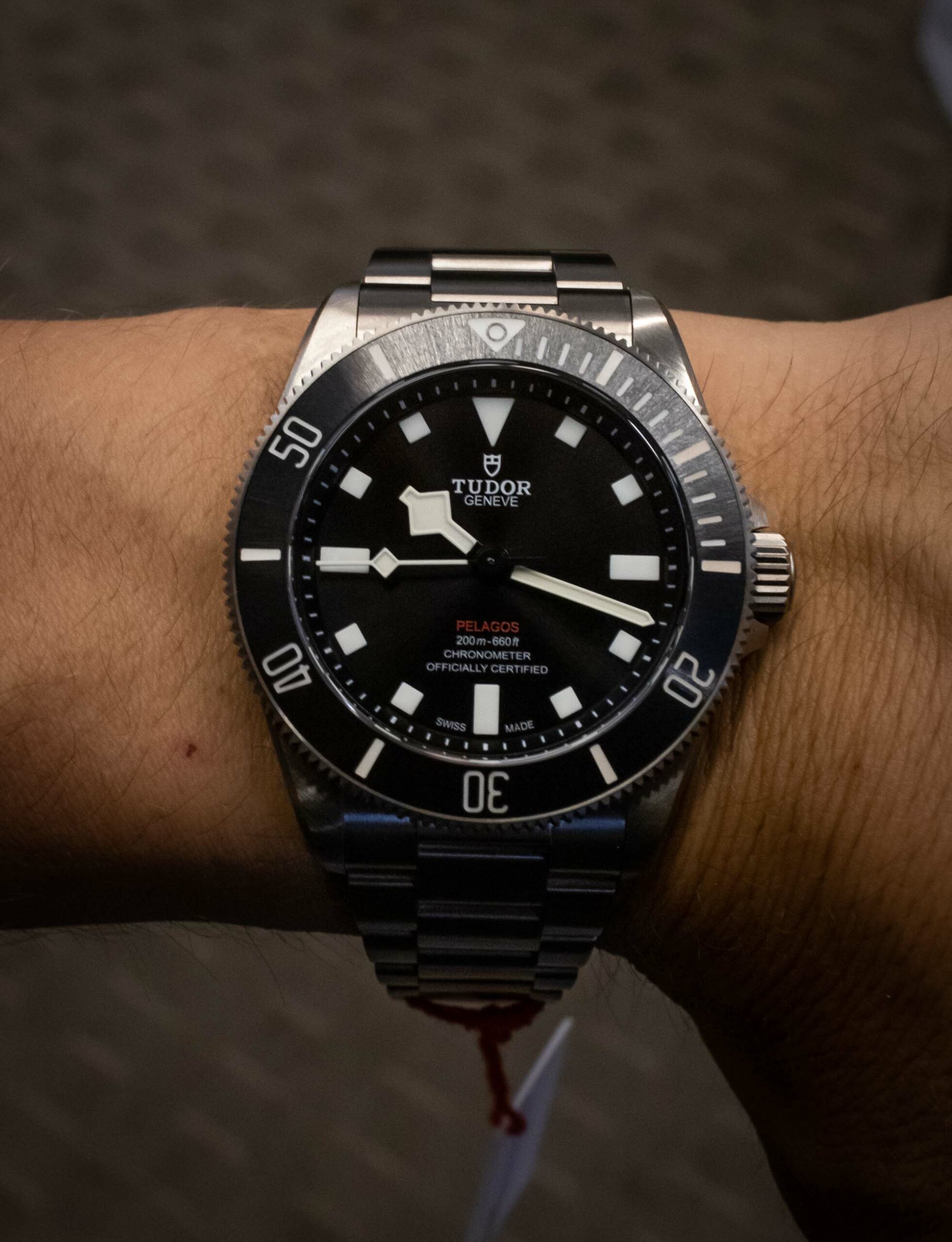
With a grade 2 titanium case that measures 39mm in diameter by 11.8mm-thick with an overall lug-to-lug distance of 47mm, the on-wrist experience of the Tudor Pelagos 39 is significantly different from its full-size sibling. I have always been a big fan of the original Pelagos and, objectively speaking, I probably still prefer the full-size model. However, a case diameter of 42mm paired with a chunky design that measures more than 14mm-thick (for both the ETA and in-house movement versions) means that I simply can’t comfortably wear the standard full-size Tudor Pelagos as my all-day, everyday watch. While the case diameter is certainly pushing the upper limits of what can fit on my 6.75” wrist, it’s really the thickness of the original model that is the tipping point, outside the realm of possibility for me. My wrist is naturally more of a flat shape, and when the case of a watch is nearly as thick as my wrist, it can give my arm a bit of a top-heavy feel, regardless of whether or not the case is made from lightweight titanium.
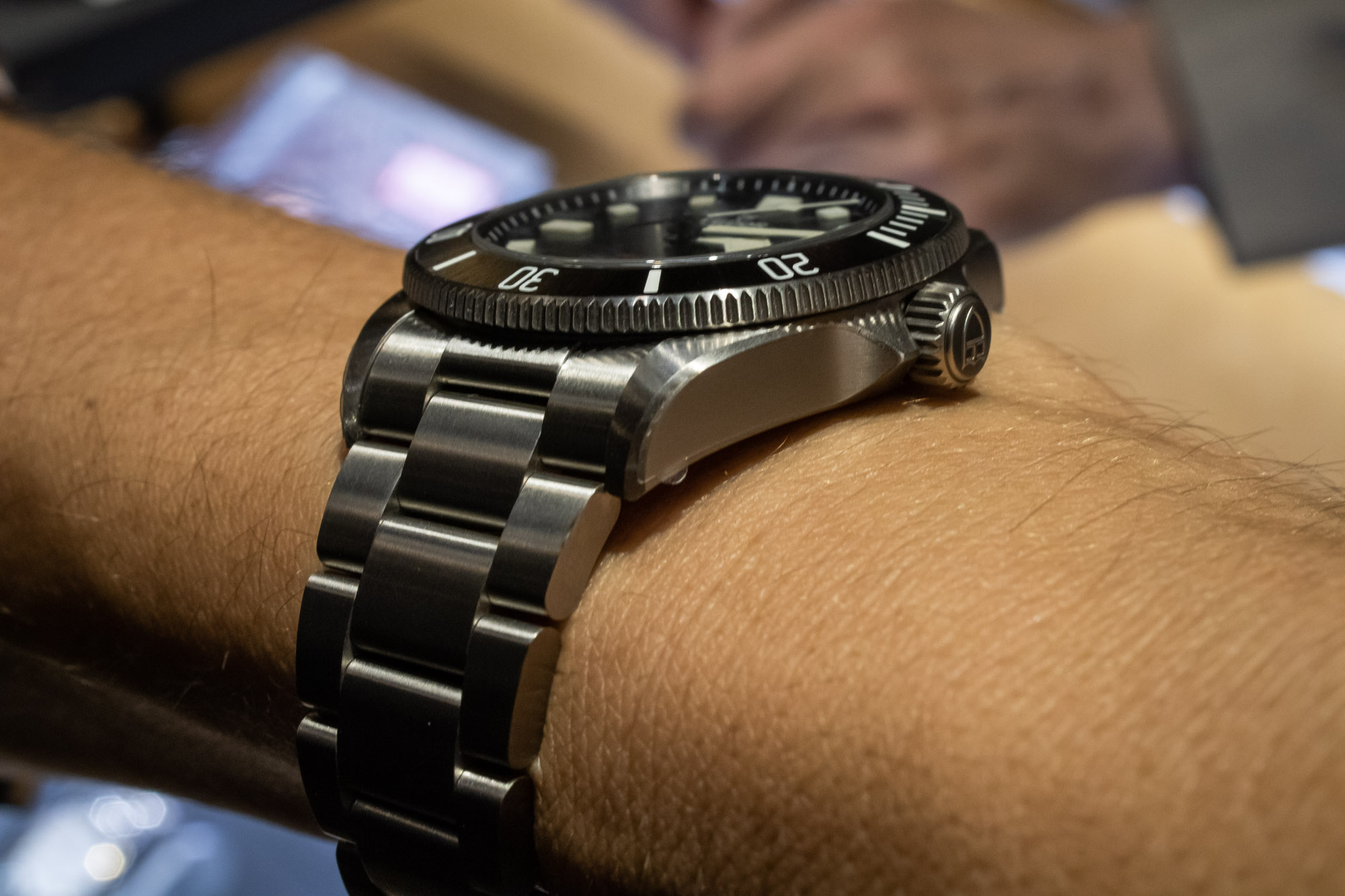
The significant reduction in case size of the Tudor Pelagos 39 does come with a reduction in water resistance from 500 meters to 200 meters, and it also means that the smaller model lacks the helium escape valve of the full-size original version. However, neither of these two things is going to be noticed, regardless of whether or not one actually scuba dives with the watch. A depth rating of 200 meters (660 feet) is far more than capable of standing up to any type of scuba diving you will ever encounter, and unless you are one of a very small handful of commercial divers who also work in saturation diving environments, the helium gas escape valve will not be missed in the slightest. Even the French Navy felt that 200 meters was enough when it signed off on the design for the Pelagos FXD, so despite representing a step down in terms of capabilities compared to the original model, the Tudor Pelagos 39 will still be far more than capable of standing up to whatever activities you might encounter.

On paper, it might seem that the new watch is just a smaller no-date version of the standard black Pelagos, but this isn’t the whole story at all. Just like the Pelagos FXD, the angled rehaut that contains the minute track no longer has cutouts for the individual hour markers and instead simply ends on the outside perimeter of the raised luminescent ceramic composite hour markers. However, an arguably more significant detail is the different finish applied to both the dial and bezel insert fitted to the Pelagos 39. Still black in color, the dial of the Pelagos 39 now features the “Pelagos” name in red letters, and it has been given a subtle sunray finish that makes it noticeably more refined compared to the stark matte-black and white appearance of its full-size sibling. Despite its more elaborate radial sunray pattern, the dial surface itself has a satin finish, which slightly tempers the dressy and flashy appearance that often comes with sunray dials. Similar to all Pelagos watches, the hands fitted to the new Pelagos 39 feature the brand’s signature “Snowflake” design and are finished white with black centers that give them somewhat of a floating effect and help further increase legibility. To match the dial, the black centers of the hands have more of a glossy appearance compared to the flat black finish that appears on the handset of the original full-size Pelagos model.
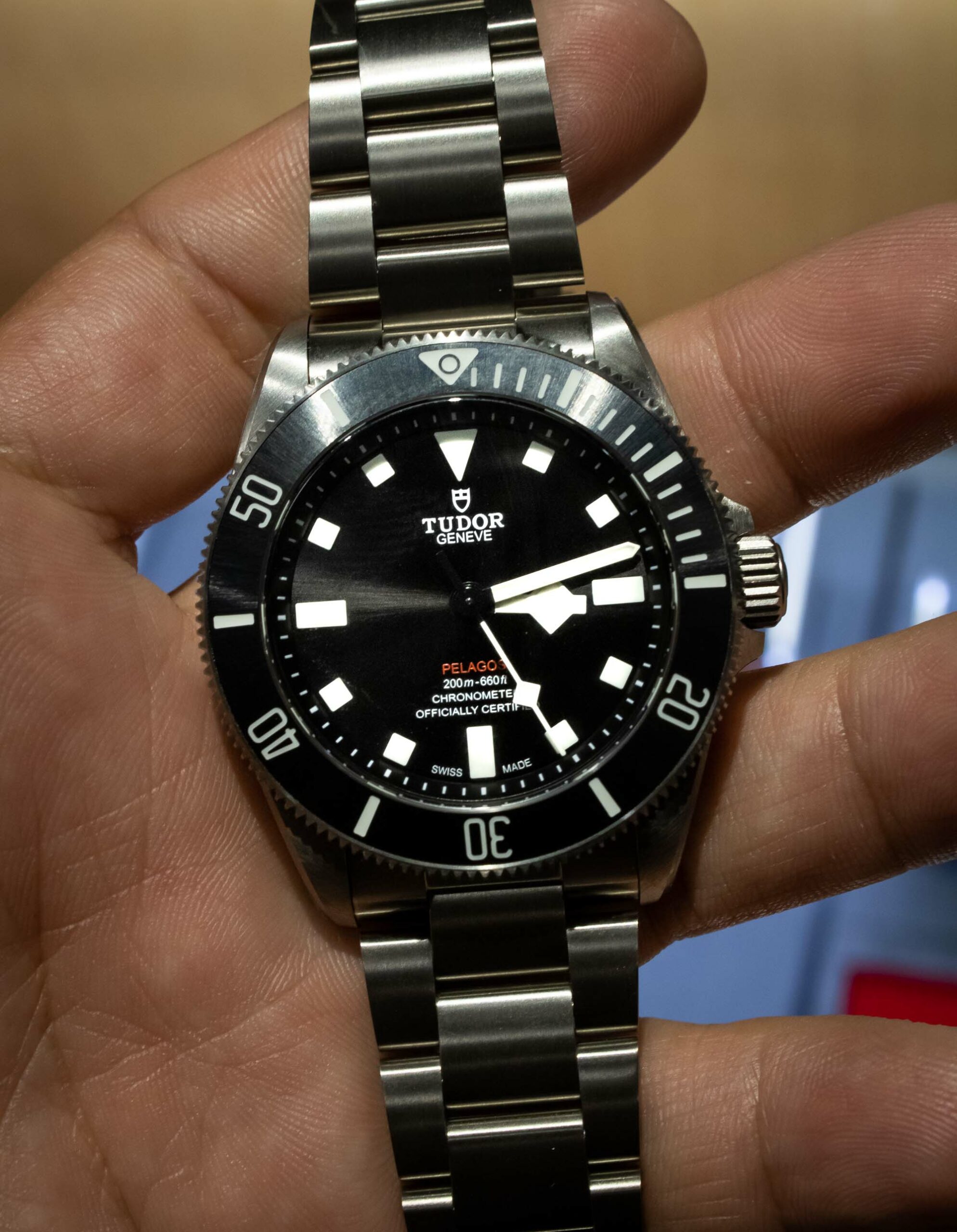
The sunray finish is mirrored on the bezel insert of the Tudor Pelagos 39, which is still made from black ceramic and features white luminous markings with individual demarcations for the first fifteen minutes. However, the subtle radial sunray pattern applied to it now gives it a slightly more glossy overall appearance compared to the decidedly matte black version found on the full-size Pelagos model. Additionally, the bezel ring itself now features a slightly more serrated edge like what can be found on the Pelagos FXD, rather than the distinctly coin-edge texture of the full-size Pelagos model. With that in mind, the bezel on the Pelagos 39 still offers uni-directional 60-click motion with the same incredibly smooth and satisfying action that defined the bezel of the original model. Personally, I would have loved to see Tudor use the same style of matte black dial and bezel for the Pelagos 39, but we all knew that was never going to happen. If you look at all of the various Black Bay divers, there isn’t a single one that is an exact carbon copy of another but just in a smaller overall form. The closest you will find will be the two bronze models with brown dials, but even still, the 43mm version was discontinued long before Tudor came out with the bronze version of the Black Bay Fifty-Eight. It’s obvious that Tudor listens to the collector community, but the brand was never going to release a smaller Pelagos that was otherwise entirely identical to the existing model, and the subtle sunray finish is appropriate for the less professionally oriented version of the brand’s most robust and capable sports watch.
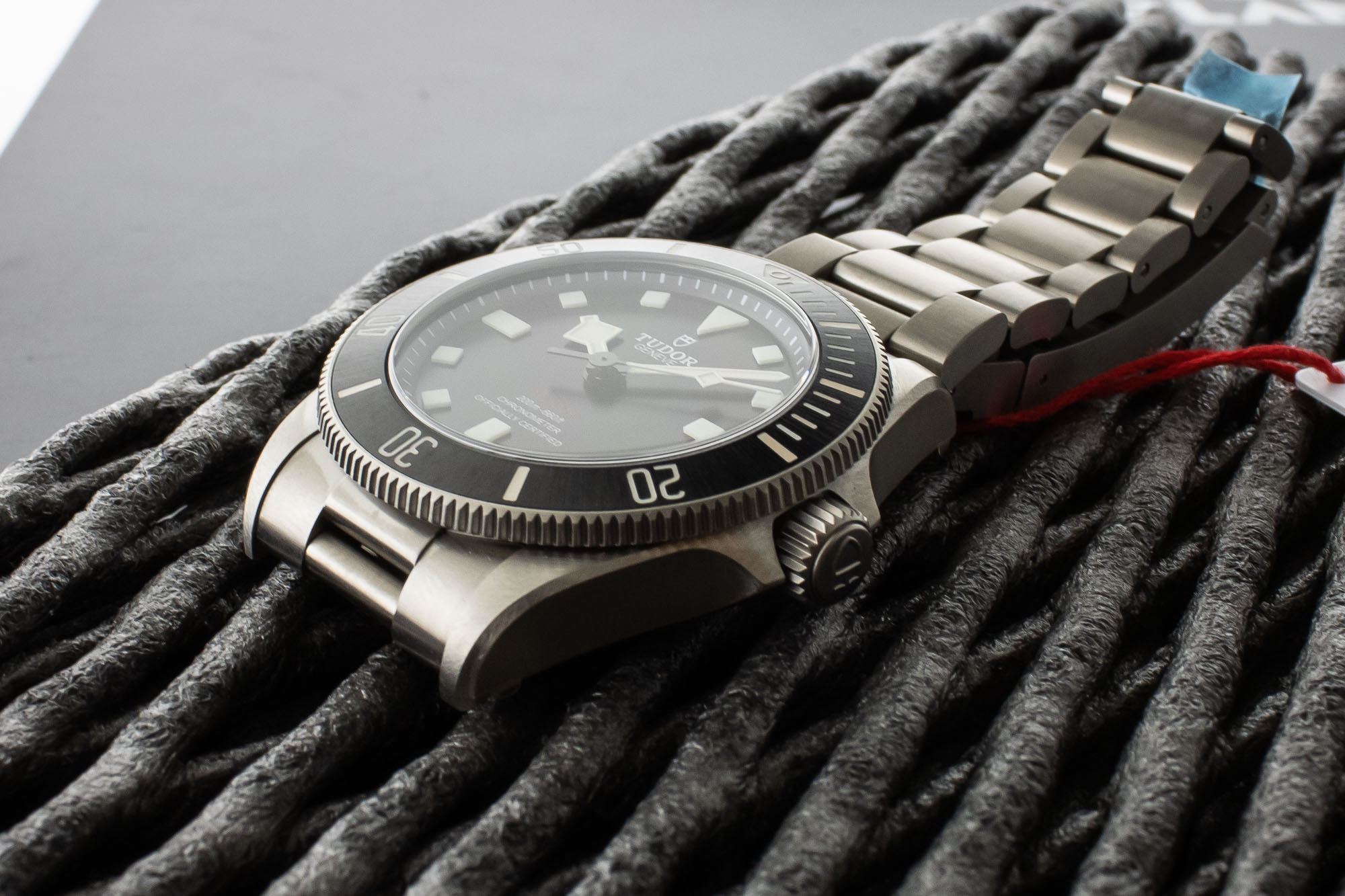
Internally, the in-house Caliber MT5400 automatic movement powering the new Tudor Pelagos 39 is likely to offer the same solid and reliable performance as the other Kenissi-manufactured in-house calibers that the brand currently uses. A COSC-certified chronometer, the Cal. MT5400 already promises accurate performance, yet Tudor guarantees even more stringent timekeeping tolerances between -2 and +4 seconds per day, after casing. Running at a frequency of 28,800vph while offering users a power reserve of approximately 70 hours, Tudor’s Caliber MT5400 movement also features a non-magnetic silicon hairspring within a variable inertia balance, which is held in place by a full transverse bridge for additional stability. Tudor’s in-house movements are becoming a bit of a known quantity, but that certainly isn’t a bad thing. Although they may not be ornately decorated or put up exceptional numbers when it comes to ultra-thin designs or mega-long power reserves, Tudor’s various in-house calibers do offer a significant step up from the standard ETA movements that are used in many other watches at similar price points, and if the Cal. MT5400 movement offers comparable performance to what we have come to expect from the rest of Tudor’s in-house range, then most collectors should be more than happy with the reliability and timekeeping of the Pelagos 39.
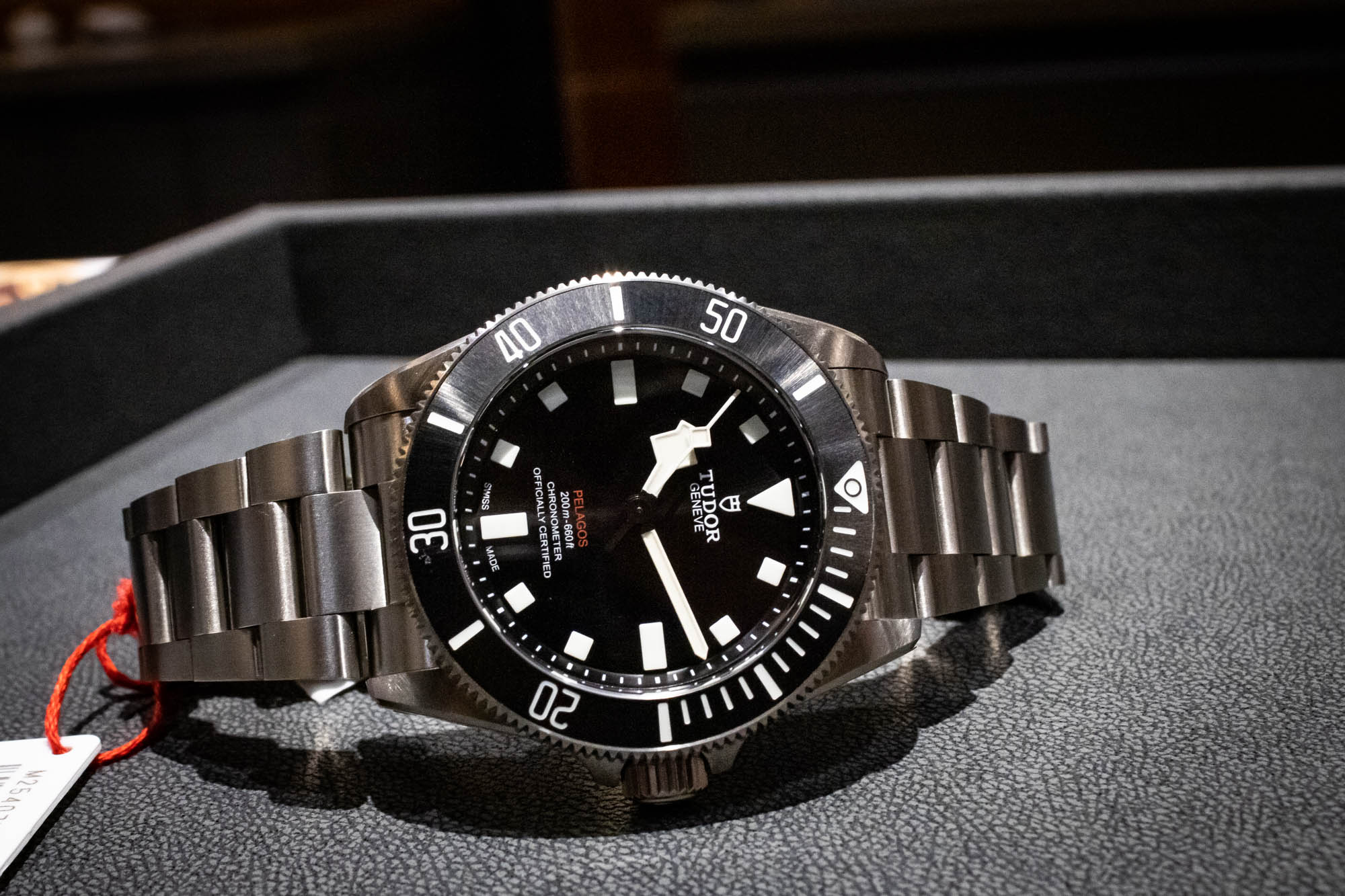
Beyond that, there will almost certainly be some people out there who will lament the loss of a date display, while there will be others who are happy to see it removed so that the new Pelagos 39 can have a perfectly symmetrical dial layout. In this instance, there was truly no way of making everyone happy, although given that it is generally members of the enthusiast crowd who are most vocal about their distaste for date windows (and also about the case sizes of watches), it seems that Tudor is well aware that it will largely be collectors and enthusiasts who are interested in purchasing the Pelagos 39. Additionally, from a strictly practical and functional standpoint, having a date display on a saturation diving watch makes a lot of sense, while a date window is entirely superfluous when it comes to the actual task of scuba diving. Without a helium escape valve on its case, the Tudor Pelagos 39 is very much intended for scuba diving rather than saturation diving, and it could, therefore, be argued that there was a functional reason behind the decision to omit a date display on the 39mm version of the Pelagos.
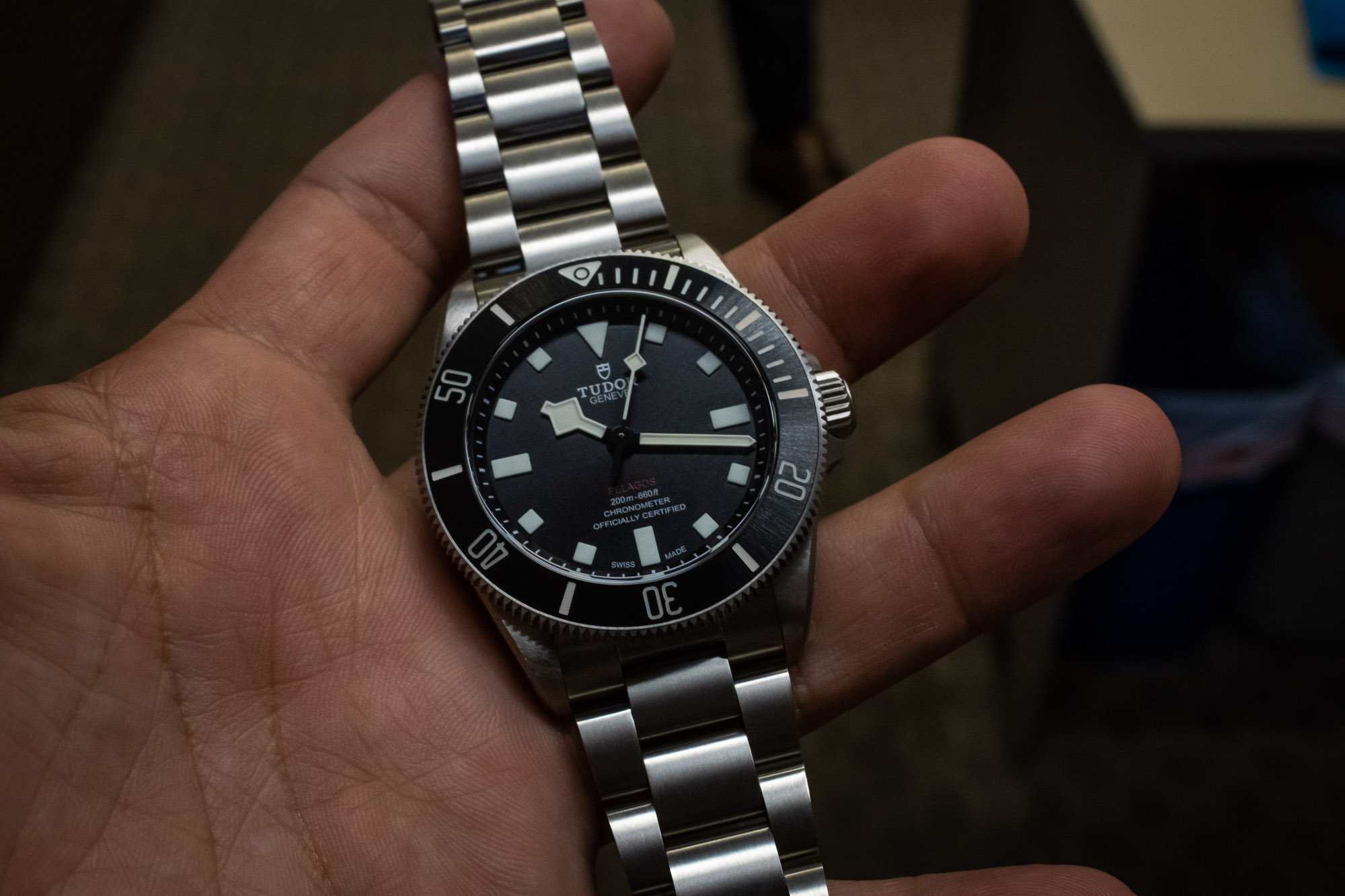
Other than the sunray finish on the dial and bezel, I expect the other point that people will nitpick about is Tudor’s decision to feature a T-fit clasp on the bracelet of the Pelagos 39 rather than the spring-loaded extension system found on the full-size model. The overall design and appearance of the two titanium bracelets is nearly identical, and both extension systems will ultimately offer users similar practical benefits when it comes to practical incremental adjustment in their everyday lives. However, the spring-loaded clasp on the standard full-size Pelagos is just flat-out cool and it’s one of the most unique and innovative bracelet extension systems currently being used today. Granted, the T-fit clasp does allow for a smaller overall clasp structure, but once people became accustomed to the original Pelagos clasp, the T-fit was always going to be seen as a “lesser” option, regardless of whether or not Tudor had practical and justified reasons for not offering it on the 39mm model. Either way, Tudor still includes a complimentary rubber strap with the Pelagos 39, so for anyone who truly has an issue with the excellently constructed T-fit extension system, there is an alternate option already inside the box.
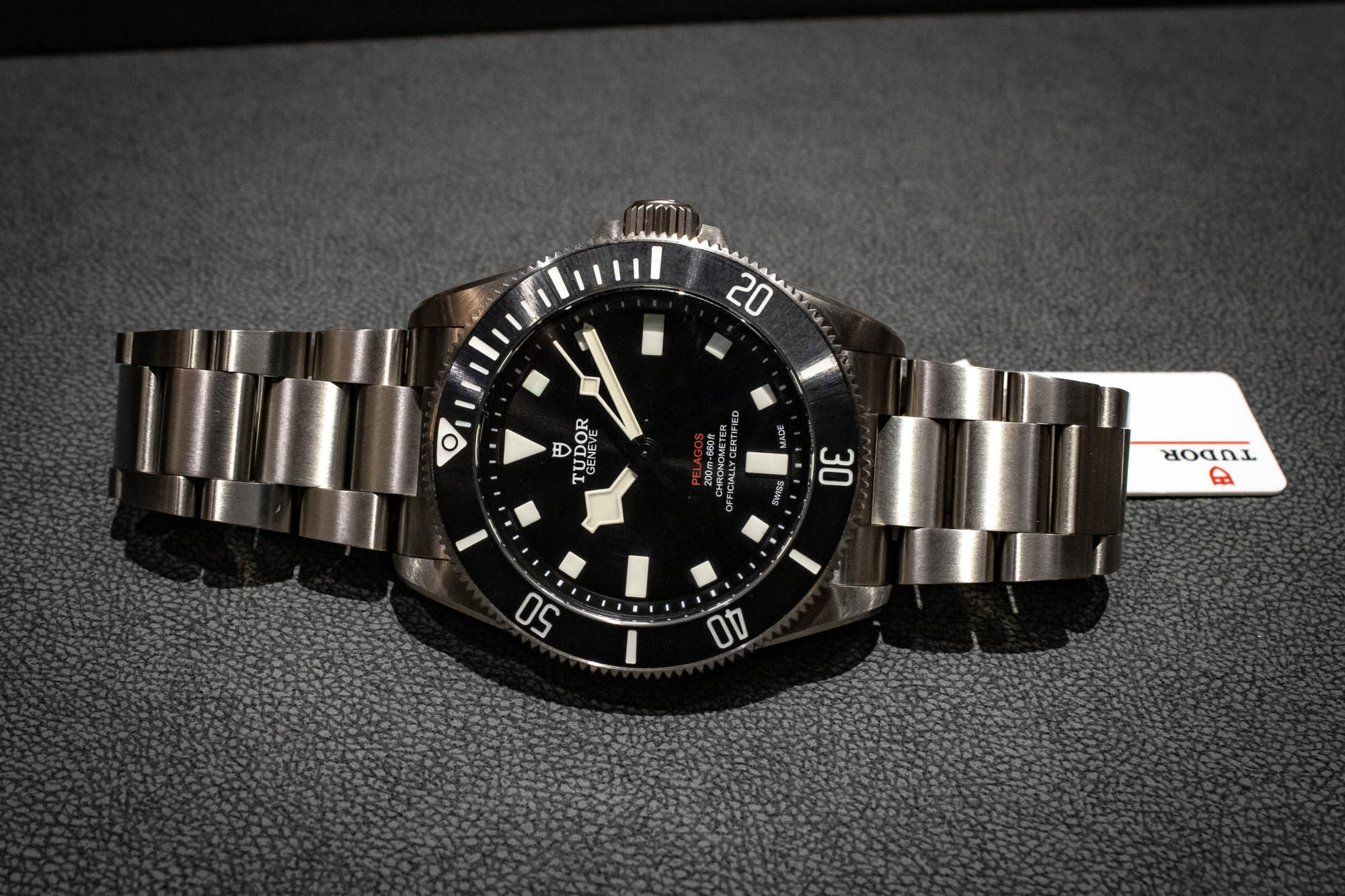
All things considered, the Tudor Pelagos 39 is (almost) the watch that everyone has been asking Tudor to release for years. A smaller Pelagos consistency has been among the number one requests from the brand, and now, after a full 10 years since the very first Pelagos made an appearance, we finally have a smaller one. With an official retail price of $4,400 USD, the Tudor Pelagos 39 costs just $325 less than the standard full-size model, although it’s also priced only $500 more than the Pelagos FXD, which similarly lacks a date display and helium escape valve, but also does not include a titanium bracelet. Like many others out there, I am keenly waiting to see if and when Tudor will release a blue version of the Pelagos 39; however, given how long it has taken the brand to release a smaller version of its fan-favorite titanium dive watch, the inevitable blue follow-up model might take a surprisingly long amount of time to make an appearance. And one other point to consider is that if Tudor does release a blue Pelagos 39, it will almost certainly not just be a smaller version of the full-size blue model, and if Tudor chooses to give it a blue sunray dial, it would ultimately result in a significantly different overall aesthetic. After getting a chance to try the watch on and see it in the metal, the new Pelagos 39 immediately became one of my favorite current-production Tudor watches, and as someone who often grumbles to myself about Tudor’s case size and thickness, this is a watch that I could definitely see myself wearing on a regular basis. A 39mm version of the Pelagos FXD would be the point where the words “take my money” would truly become inevitable, but the new Tudor Pelagos 39 is about as close as possible to being the exact watch that everyone wishes Tudor’s big brother would make but knows deep down that it will never appear with a tiny coronet on its dial. For more information, please visit the brand’s website.

